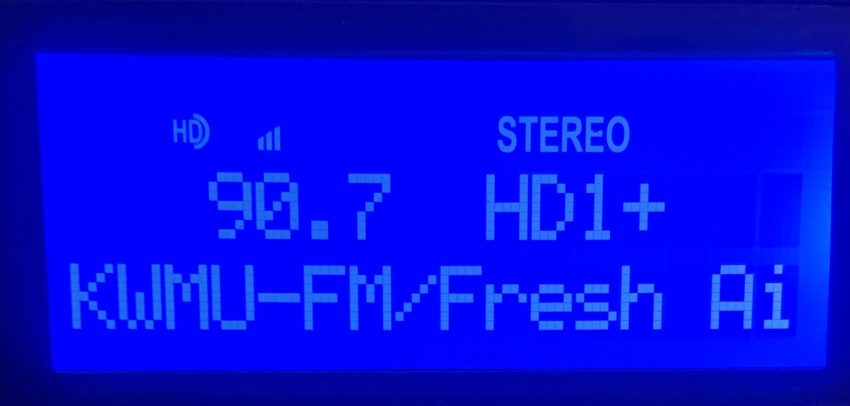One question that gets asked occasionally that I didn’t initially anticipate is “What exactly is college radio?”. This has been especially true when talking with people outside of the United States, but even in the U.S., a lot of people aren’t familiar with the different types of radio stations out there. Let’s take a look.
Most college radio stations are in a subset of a larger group of stations that are licensed as non-commercial, public radio stations. These stations are meant to serve the public and are not operated to generate a profit. They are subject to FCC rules that dictate how they can fundraise and what types of advertising are allowed. There is a section of the FM dial that is reserved for these types of stations, from 88.1 to 91.9 Mhz. This is why college stations often use some form of the phrase “left of the dial” or “keep it locked to the left”, as these frequencies are on the left side of the standard FM radio dial.

Note that all of this applies to radio stations that broadcast their signal on the AM or FM radio dial using an over-the-air transmitter. Some college stations utilize different forms of broadcasting, such as carrier current. Those stations are not subject to FCC licensing rules, and can operate without restrictions on advertising and fundraising activities.
College radio stations are usually based on a college campus and are almost always partially, if not fully, student-run organizations and offer an opportunity to learn audio production and radio broadcasting. While each college station has its own unique format (one of college radio’s many charms), they tend to play music outside of the mainstream, such as indie rock or underground. College radio stations also often feature specialty shows, which play a specific genre of music for a block of time. They are often funded by student fees, but will also hold fundraisers and/or sell “underwriting” to help keep the station on-the-air.
There are many other types of non-commercial, public radio stations. One of the most common is stations that are affiliated with NPR, which often play more classical and jazz music, along with discussion-oriented talk-radio programming. While these stations are often affiliated with a college or university, they generally aren’t considered to be “college radio”. Another common type of non-commercial station is religiously-affiliated stations that are often run by a church or collection of churches in a community.
Commercial radio stations are the most common type on the FM and AM dials, and are for-profit stations run by corporations as a business. On the FM side, almost all stations carry music- or sports-related programming, while AM radio is dominated by talk and news stations. In any case, the stations run advertising to generate revenue and compete in individual markets for a share of available listeners. Before the Telecommunications Act of 1996, radio stations tended to be owned by local (or sometimes small regional) parent companies, and reflected the tastes and culture of the local market. After 1996, large corporations were allowed to own multiple stations in a single market (with no restrictions on the total number of stations owned nationwide), which led to the demise of truly local radio programming. Now, corporations could produce content at their home office and distribute it to stations across the country, reducing their costs and eliminating local radio jobs and content in the process.
College radio plays an important role because it maintains the local and regional focus that has been lost on commercial radio. The constant drive to increase profits and eliminate costs has turned commercial radio into a shadow of its former self, leaving college radio as one of the only truly local media outlets left standing.

